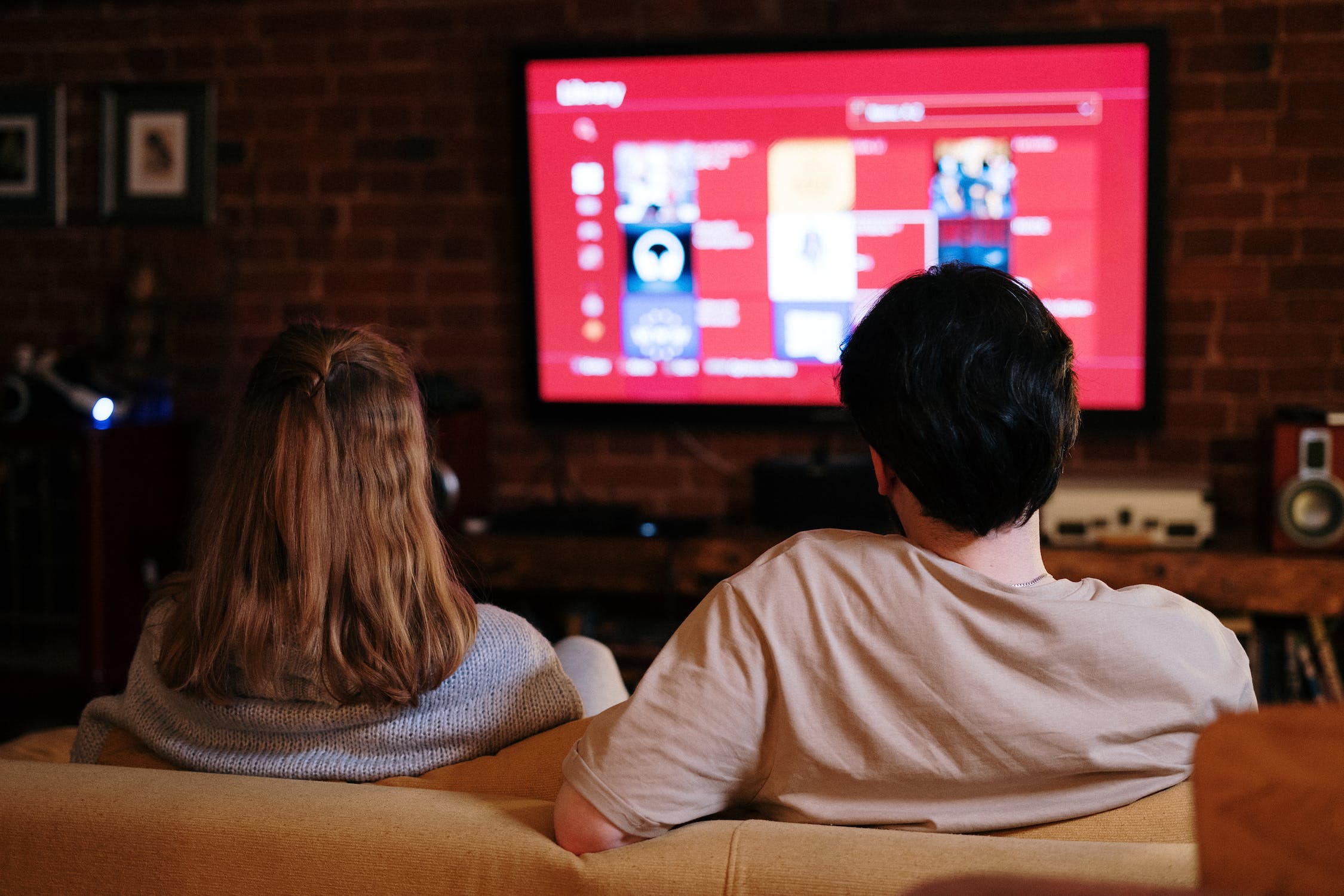How Gen Z is reshaping the streaming landscape

Subscribe to NCS for the latest news, project case studies and product announcements in broadcast technology, creative design and engineering delivered to your inbox.
Home entertainment has shifted and evolved with each generation. Gen X was the first to enjoy premium television, like HBO. Millennials were the first to cord cut, prioritizing streaming over cable. And Gen Z has grown up amidst the streaming war. Through these periods of home entertainment evolution, consumers have been given more and more access to content in an increasingly convenient manner. Access and content once differentiated streaming companies from traditional entertainment studios, and from one another, however today, the streaming landscape looks rather homogenized. While the standardized streaming experience has been beneficial for consumers, it has stifled competition and customer acquisition amongst streaming platforms.
As the purchasing power of Gen Z rises and they enter a more independent phase of their lives, they become an opportune and essential target group for streaming platforms and their business growth. However, this generation’s behaviors and beliefs deviate significantly from other generations. A new report by Amdocs, “New Streamer 2024,” found that Gen Z’s attitude towards streaming differs from older generations specifically regarding content, experience, and cost. In order for streaming platforms to attract the young and unique generation, they must consider the following.
Content innovation
There’s no doubt about the impact original content has had on this generation — Stranger Things, Ted Lasso, and Keeping Up with the Kardashians are only a small sample of the original shows that have captivated this younger audience. However, a staggering 90% of Gen Z are also eager to see this original content break free from the confines of individual streaming platforms as well. They’re hungry for a diverse range of content that transcends the boundaries of single streaming providers through syndication deals.
In fact, condensing the number of streaming apps available has emerged as a priority for this generation. Nearly 80% wish there was a single portal or app where they could access all of their streaming subscriptions and related content. Doing so could particularly also help alleviate another pain point that has surfaced — being overwhelmed by the sheer number of streaming subscriptions available, which is most present for Gen Z (50%) compared to other generations (between 26-27% for older Millennials). While we’re already seeing these walled gardens start to come down, we can expect to see more content no longer exclusively associated with one individual streaming brand as this demand continues to grow.
Improved experience
Gen Z is the first digitally native generation. As a result, they’re looking for an increased amount of personalization, including an ability to create and pay for a content package that is limited to only the content they are interested in (60%), compared to paying for access to a streaming provider’s entire library of content. However, Gen Z is also looking for more than just access to great content.
Instead, there’s an entirely changing definition of “streaming.” For instance, 70% of Gen Z have an interest in cloud gaming through their streaming subscriptions. This hasn’t gone unnoticed by Netflix either, with the company recently making a big push into video games — recently launching the first tests for its cloud-streaming games that lets you play titles on a TV or the web. This has particularly excited Gen Z compared to older generations (with under half of older Millennials expressing a desire to engage with this new offering). Additionally, live sports are also becoming increasingly important to the streaming landscape, with over one-third of Gen Z planning to watch this year’s Super Bowl Championship live through a streaming provider.
Justified cost
As streaming companies expand their offerings and improve the experience to meet the demands of Gen Z, it’s no surprise that the cost of subscriptions has grown alongside additional steps to grow revenue such as cracking down on password sharing. While most consumers are divided on the idea of seeing more advertisements in exchange for lower subscription costs, Gen Z reflects one of the few exceptions — which should catch the attention of the players in this space. More than one-third of the generation even expressed that they’re open to seeing an increase in advertisements. That doesn’t necessarily mean the remainder is opposed to more ads either — most are actually just undecided, whereas other generations are more opposed to the idea.
Further, the price of streaming services also doesn’t have as much of an impact to an entertainment provider today as it used to. This is particularly true among Gen Z, the majority of who report paying between $75-100 for digital subscriptions, which represents an amount more significant than any other generation. There’s a caveat though: one-third of Gen Z also reports that the rising cost of subscriptions hasn’t provided them with a better streaming experience, which they do expect in return. Given how many consumers — and especially Gen Z — remain undecided about seeing more ads, it will be crucial for brands to monitor how this sentiment evolves.
As Gen Z continues to enter the next stages of their lives, entering adulthood and the workforce with a growing level of purchasing power, it’s become clear that entertainment leaders need to have a pulse on their habits, preferences, and desires. The streaming platform that’s able to initially attract these generational consumers may emerge the leader initially, but it will be crucial for providers to consistently explore new experience offerings to keep up with Gen Z’s ever-evolving expectations and remain competitive for the long run.
Subscribe to NCS for the latest news, project case studies and product announcements in broadcast technology, creative design and engineering delivered to your inbox.





tags
Amdocs, Free Ad-Supported Streaming Television (FAST), Netflix, Raman Abrol, streaming
categories
Featured, Market Research Reports & Industry Analysis, Online and Digital Production, Streaming, Thought Leadership, Voices